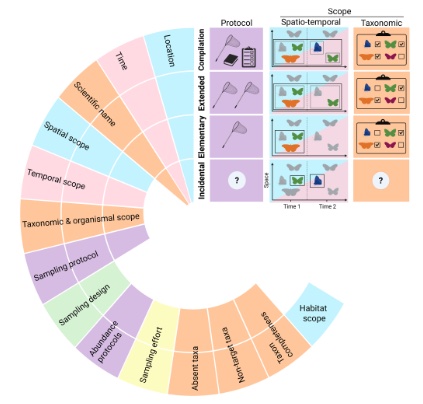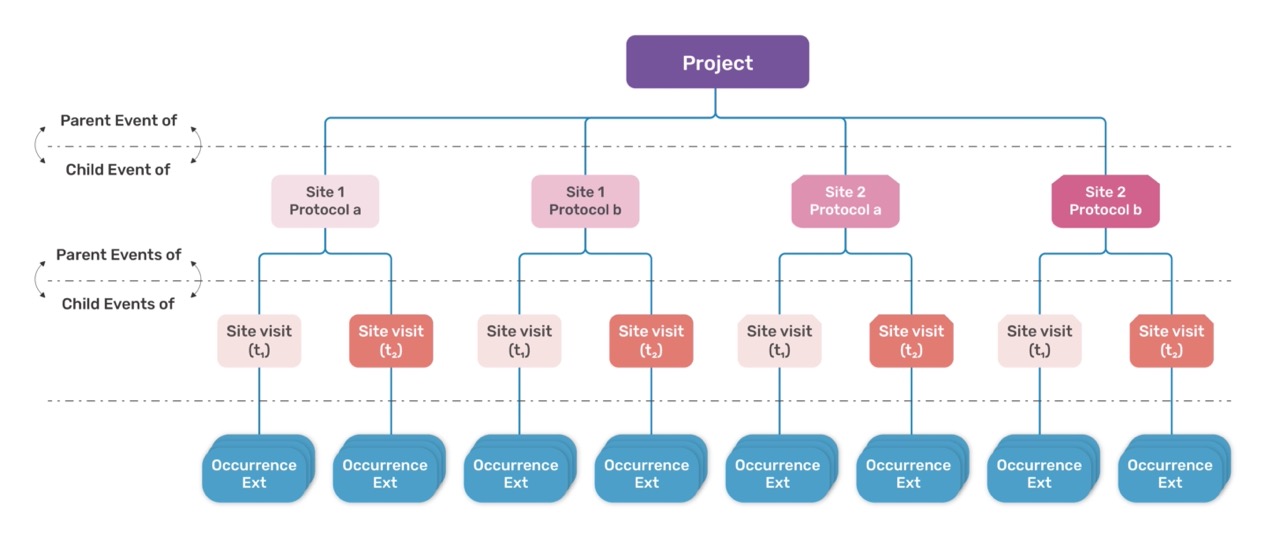Published: Mar 19, 2024 by Steve Baskauf
The Humboldt Extension for Ecological Inventories is a new metadata vocabulary that extends the Darwin Core Standard to make it possible to describe the inventories and sampling events that are used to collect organism occurrence data. This is the largest extension to Darwin Core since the original vocabulary was ratified in 2009 and it represents over three years of work by the Humboldt Extension Task Group. This group of international experts met weekly over that time period to develop the vocabulary, carry out implementation testing, and publish the vocabulary and associated documentation.
The launch of the Humboldt Extension has been greeted with considerable interest by the ecological community, which has previously struggled to publish this type of data. Early adopters will include the Atlas of Living Australia, eBird, and the Field Museum in Chicago.
The landing page for the extension is at https://eco.tdwg.org/.
Full citation: Yanina V. Sica, Kate Ingenloff, Paula Zermoglio, Yi-Ming Gan, Peter Brenton, John Wieczorek, Wesley M. Hochachka, Zachary R. Kachian, Robert D. Stevenson, Anahita J. N. Kazem, Dmitry Schigel, Steven J. Baskauf, Tomomi Suwa, Robert Guralnick, Ramona L. Walls, Walter Jetz. 2024. Humboldt Extension Vocabulary List of Terms. Biodiversity Information Standards (TDWG). http://rs.tdwg.org/dwc/doc/eco/
Image at top of page: Fig. 5 from the Humboldt Extension for Ecological Inventories User Guide.
Image at side: Fig. 7 from the Humboldt Extension for Ecological Inventories User Guide.


